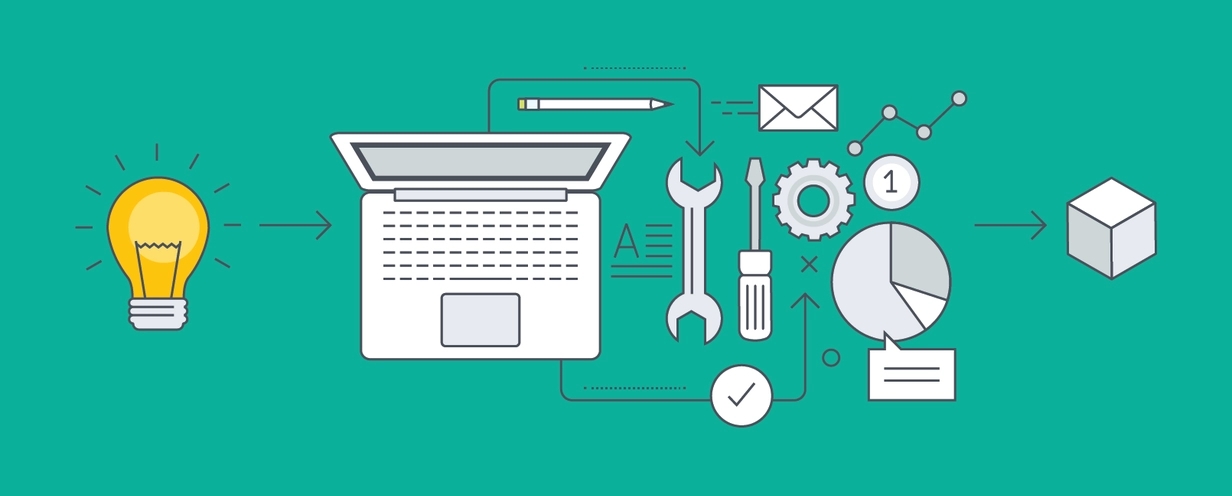
3 Reasons Why You Should Conduct Continuous User Research

By now the importance of conducting user research is well established. Yet, according to our most recent industry survey, 58% of companies are only conducting research on a quarterly or less frequent pace. At the same time, however, the number of companies conducting research on a daily basis doubled from 2015. User research can provide valuable insights, especially when it’s conducted more frequently. If you’d like to conduct more frequent research, but aren’t sure how to justify it, you’ve come to the right place. Keep reading for three reasons why you should be conducting more frequent UX research.
1. Track improvements
One of the most rewarding aspects of conducting user research is when you’re able to validate your assumptions. But what’s even better, is tracking those wins over time. Continuous user research gives you measurable data to benchmark.
How to do it
Before you can start tracking your results, you’ll need to decide what you want to track, and if possible, how those metrics contribute to a larger goal (like increasing revenue). Once you’ve established what you’ll track, commit to a regular schedule for future research. Keep in mind that some of the metrics you’re tracking will be better served by a different frequency of research, so plan your studies accordingly. If you know that you’ll be rolling out changes for a key feature on a weekly basis, then your research schedule should be in sync with those changes so you can easily draw conclusions about the effectiveness of each change.
2. Avoid rework
Rework is expensive, both financially and for your team’s morale. You can avoid this by constantly testing your designs early on in the development cycle. You can test just about anything, so don’t wait until you have a high fidelity prototype to start testing with users.
How to do it
As soon as you have an idea, even if it’s just a sketch on a cocktail napkin, run a few quick tests with users to validate that you’re on the right track. If you’re not, you’ve just saved yourself and your team countless hours of work that may ultimately lead to a product nobody wanted in the first place.
3. Resolve internal design debates
Chances are, your team won’t always agree on the direction a design should take. And while a healthy discussion is always good for creative progress, it can sometimes lead to heated debates that risk stalling a project.
How to do it
Integrate user research into your development cycle. Gathering user feedback early and often during your product’s development will provide a quick and unbiased verdict on how the team should proceed.


